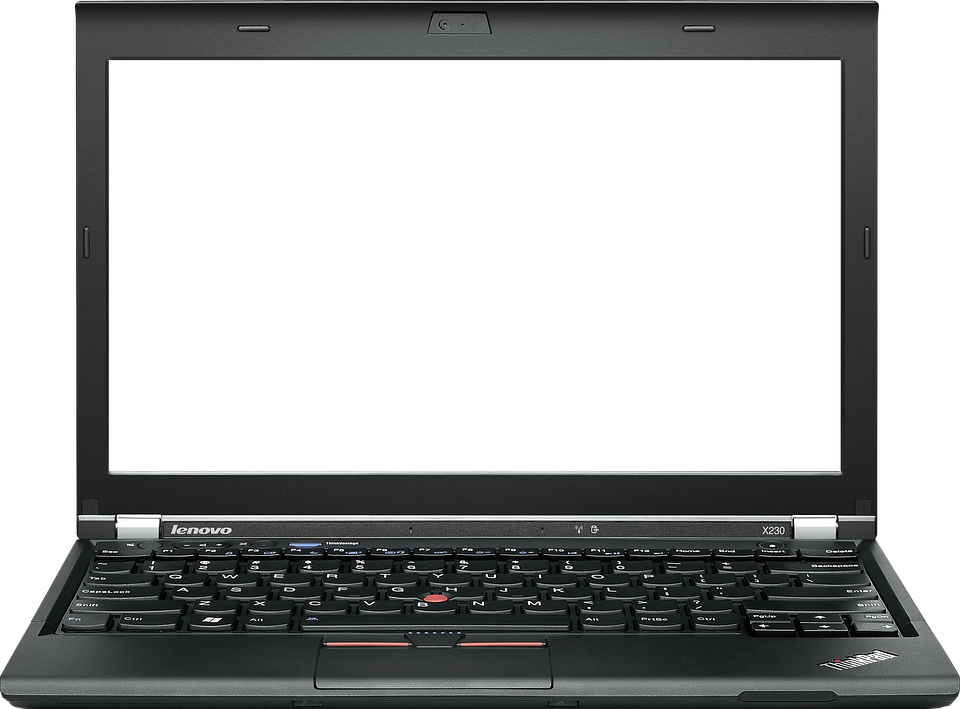The Impact of AI in VFX: Forecasting the Next Five Years
The world of visual effects (VFX) has come a long way since the early days of practical effects and miniatures. With the advent of computer-generated imagery (CGI) and advanced software, filmmakers have been able to create stunning and realistic visual effects that were once thought to be impossible. However, as technology continues to advance at an exponential rate, a new player has emerged in the VFX industry – artificial intelligence (AI).
AI has already made significant strides in various industries, from healthcare to finance, and now it is making its mark in the world of VFX. With the ability to analyze, learn, and mimic human behavior, AI has the potential to revolutionize the way visual effects are created and integrated into films. But what exactly is the impact of AI in VFX, and what does the future hold for this emerging technology?
One area where AI is already making a significant impact is in the creation of digital characters. Traditionally, visual effects artists would spend hours meticulously animating and rigging characters to make them look as lifelike as possible. However, with AI, complex algorithms can be used to generate realistic and believable characters with minimal human intervention. This not only saves time and resources but also opens up new creative possibilities for filmmakers.
Another area where AI is set to make a significant impact is in the integration of visual effects into live-action footage. Currently, the process of compositing CGI elements into live-action shots is a time-consuming and labor-intensive task. AI has the potential to streamline this process by automatically detecting and tracking objects in a scene, allowing visual effects artists to focus on the creative aspects of their work rather than the technicalities.
Furthermore, AI-powered software can also analyze and understand the physics of real-world objects, allowing for more accurate and realistic simulations in VFX. Whether it is the movement of cloth, the behavior of fluids, or the destruction of buildings, AI can enhance the realism of visual effects by accurately simulating the dynamics of these elements.
However, despite the potential benefits, there are also concerns regarding the impact of AI in VFX. One of the main concerns is the potential job displacement of visual effects artists. As AI continues to evolve and become more sophisticated, there is a possibility that it could eliminate the need for human intervention in certain aspects of VFX production. While this may lead to increased efficiency and cost savings for studios, it could also result in job losses for artists.
Another concern is the ethical implications of using AI in VFX. As AI becomes more capable of generating realistic characters and scenes, questions arise regarding the ownership of these creations. Who owns the rights to a character or scene generated by an AI algorithm? These are complex questions that will need to be addressed as AI becomes more prevalent in the VFX industry.
In conclusion, the impact of AI in VFX is set to be significant over the next five years. From the creation of digital characters to the integration of visual effects into live-action footage, AI has the potential to revolutionize the way visual effects are created and integrated into films. However, there are also concerns regarding job displacement and ethical implications that need to be addressed. As with any emerging technology, it is important to strike a balance between the benefits and potential risks to ensure that AI is used responsibly and ethically in the world of VFX.

